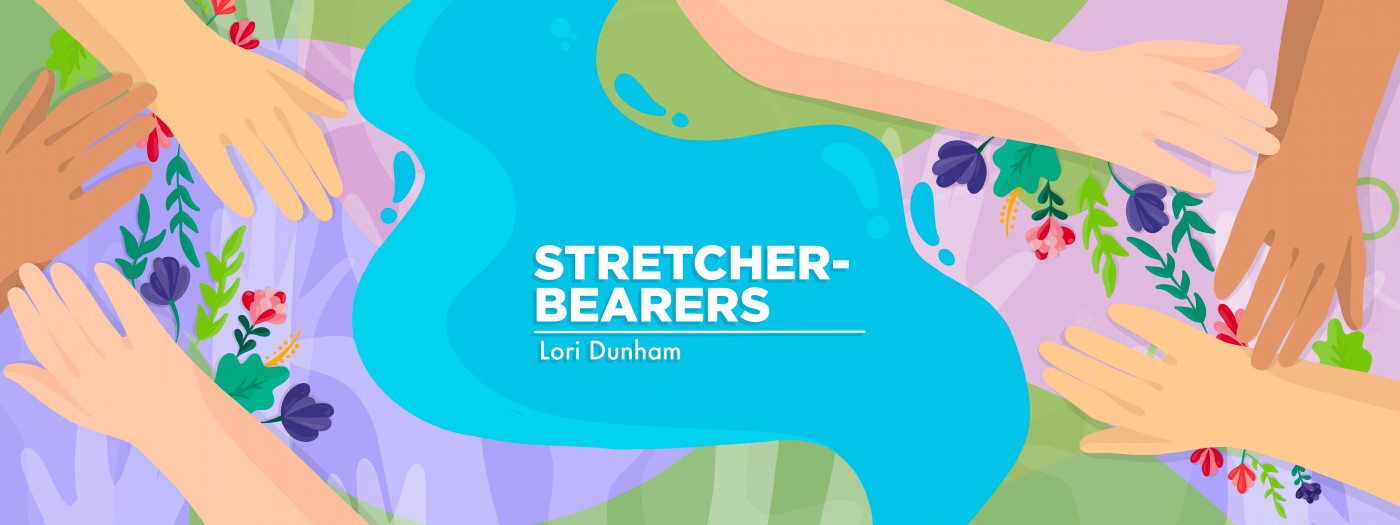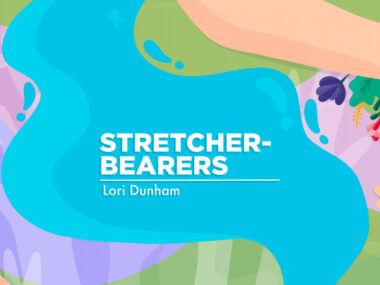The need to make connections in the LEMS community
How one-on-one contacts can answer questions the internet can't
Written by |

I’m a product of the 1970 and ’80s. We grew up with big hair, neon fashion, and the rise of music videos on MTV. I can remember sleeping on the floor of our family car more times than I can count while going on vacation. Seat belts were practically nonexistent. We went to the library for school research papers, lugging the encyclopedia volumes off their dusty shelves to glean what knowledge we could.
But my generation has now catapulted into late adulthood with information overload. With the rise of the internet, personal computers, and cellphones, we now have more information than ever before. No longer do we need to trek to the library or purchase expensive encyclopedia collections. Now we’re just a click away from finding most everything we need to know.
Yet for those living with a rare disease, large gaps of information are missing from the internet. Many disease communities still don’t have the information they need to understand their diagnosis.
Guesstimating the look of LEMS
When our daughter Grace was diagnosed at 15 with Lambert-Eaton myasthenic syndrome (LEMS), I was desperate to know everything I could about the disease — in particular, what my daughter’s life would look like as she aged. How do people with LEMS walk? Do they limp or walk with a gait? Do they use a wheelchair or walker? Is driving still possible? As I’ve met others who are newly diagnosed, I’ve seen that same question nagging at them: What can I expect from my life in light of this disease?
One of the first things I did after our daughter’s diagnosis was to join a LEMS Facebook group and forum, which helped me connect to the larger LEMS community. Knowledge there was shared freely, and I immediately felt less alone in trying to navigate my daughter’s health.
Although LEMS information is limited, there’s still enough out there to help us understand and navigate the disease. Research can help prepare us for doctor appointments and educate us on what treatments may be available. Sometimes we end up knowing more than our doctors.
If possible, though, make a one-on-one connection with someone within the LEMS community. That’s how I was able to ask those hard questions about life with LEMS. The in-person experience I had the first time I met someone with LEMS (other than my daughter) was eye-opening. I could look to them and see how they walked, what their physical limitations and strengths were. That helped me see the possibilities for Grace.
I know most people are hesitant to answer the question of how a LEMS life will look; after all, everyone with LEMS is different. Some walk well independently. Others use walkers and wheelchairs. Some work while others have had to give up careers and jobs they loved. Whatever the case, it’s so good to connect, and in so doing, we glean information that’s not easily found elsewhere.
May we all share our experiences and knowledge to better the lives of others.
Note: Lambert-Eaton News is strictly a news and information website about the disease. It does not provide medical advice, diagnosis, or treatment. This content is not intended to be a substitute for professional medical advice, diagnosis, or treatment. Always seek the advice of your physician or other qualified health provider with any questions you may have regarding a medical condition. Never disregard professional medical advice or delay in seeking it because of something you have read on this website. The opinions expressed in this column are not those of Lambert-Eaton News or its parent company, Bionews, and are intended to spark discussion about issues pertaining to Lambert-Eaton myasthenic syndrome.





Tom Sharpe
Lori
Thank you for this. I agree with the LEMS group on FB , but I really don’t like FB. I deleted my account. These messages are great. Keep sharing
Tom